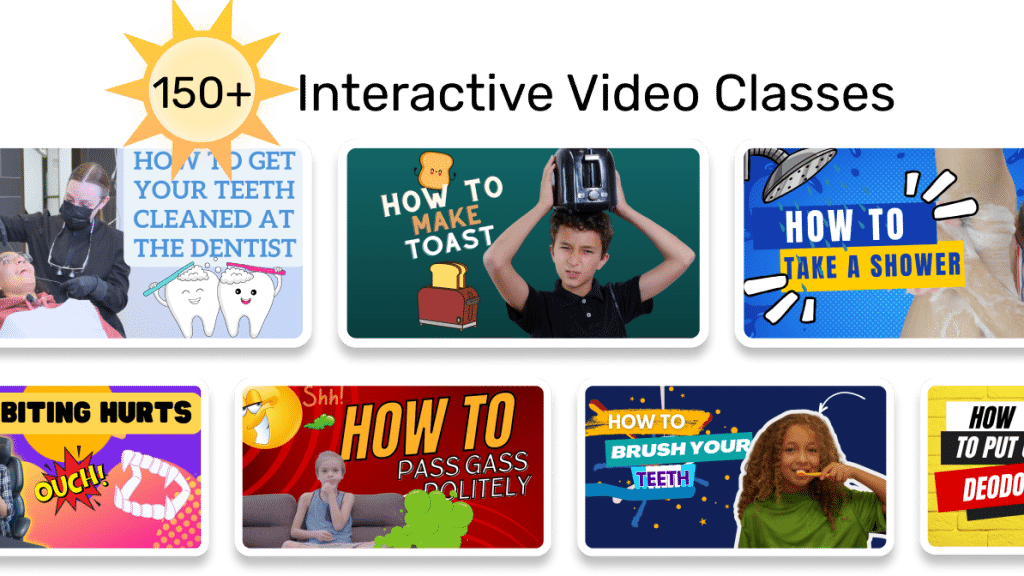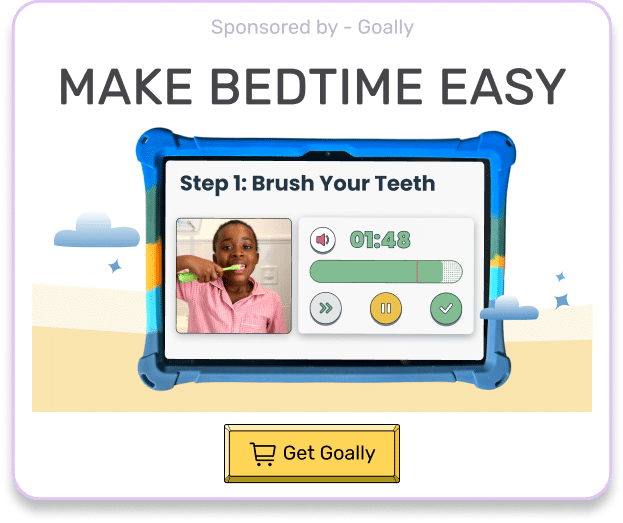Imagine this — you’re at a bustling park, the sun is shining, and children are playing. You see a child struggling to climb the jungle gym, not because they lack the physical strength, but because they’re navigating the world differently. As a professional who works with kids, I see this scenario often, and it’s why IEP requirements exist. An Individualized Education Program (IEP) is a legal document that outlines free services and support for students with disabilities. It’s designed for children whose disability significantly affects their ability to learn and progress in the general education curriculum. In this blog post, we’ll delve into the specifics of IEP requirements, discuss how they can be tailored to suit your child’s unique needs, and share some practical tips to help you navigate this process. From understanding eligibility criteria to exploring the role of an IEP team, we’ve got you covered.
Table of Contents
Decoding the IEP Process for Parents
Before we dive into the IEP requirements, let’s first understand what an IEP is. An IEP is a legally binding document that outlines the educational goals, accommodations, and services tailored to meet the specific needs of a child with a disability.
The IEP process for parents involves several steps, including:
- Identifying your child’s needs through evaluations
- Developing the IEP with a team of professionals
- Implementing the IEP in the classroom
- Monitoring and reviewing your child’s progress
- Revising the IEP as needed
Goally | The Safest Tablet for Kids

Crucial IEP Requirements: What to Look For
When it comes to IEP requirements, there are several essential components that must be in the document. These components ensure that your child’s IEP is comprehensive and practical. Here’s what to look for:
1. A Statement of Your Child’s Present Levels of Academic Achievement and Functional Performance (PLAAFP)
This section provides a snapshot of your child’s current abilities, strengths, and challenges. It should include information from evaluations, teacher observations, and any other relevant data. The PLAAFP serves as the foundation for developing appropriate goals and accommodations for your child.
For example, if your child struggles with reading comprehension, the PLAAFP might include data from reading assessments, teacher observations, and any interventions tried in the past. This information will help the IEP team develop targeted goals and supports to address your child’s reading challenges.
2. Measurable Annual Goals
These goals should be specific, measurable, achievable, relevant, and time-bound (SMART). They should address your child’s academic, social, emotional, and functional needs. Make sure the goals are for your child’s unique abilities and focus on areas where they need support.

Read more: Your Questions Answered About the IEP Process
For instance, a goal for a child with attention difficulties might be: “By the end of the school year, the student will increase their on-task behavior during independent work time from 50% to 80%, as measured by teacher observations and data collection.” This goal is specific, measurable, and time-bound, making it easier to track progress and adjust support as needed.
3. Special Education Services and Supports
This section outlines the services, accommodations, and modifications your child will receive to help them achieve their goals. Examples include additional instruction, assistive technology, or changes to the classroom environment. Ensure that these supports are appropriate for your child’s needs and will help them succeed in the classroom.
| Service/Support | Description |
|---|---|
| Small group instruction | Instruction provided in a small group setting to target specific skills or concepts |
| Visual schedules | A visual representation of the daily schedule to help students understand and follow routines |
| Assistive technology | Devices or software that help students access the curriculum and complete tasks (e.g., text-to-speech software, communication devices) |
Goally can also be a valuable tool in supporting your child’s IEP goals. With its customizable features, Goally can help your child stay on task, manage their time, and develop independence in completing daily routines and tasks.
4. Progress Monitoring
IEPs must include a plan for tracking your child’s progress toward their goals. This may involve regular assessments, teacher observations, or data collection. Stay informed about your child’s progress and communicate with the IEP team to ensure the plan is working effectively.
For example, if your child has a goal related to improving their math skills, progress monitoring might include weekly quizzes, teacher observations of math activities, and data tracking of completed assignments. Regular communication with your child’s teacher can help you stay informed and address any concerns that arise.
5. Transition Planning
For kids aged 16 and older, the IEP must include a plan for transitioning to post-secondary education, employment, or independent living. This plan should be for your child’s interests, strengths, and needs and should involve input from both you and your child.

Read more: 7 IEP Meeting Tips for Parents
Transition planning might include exploring vocational training programs, college options, or community resources that can support your child’s goals for the future. By starting the conversation early, you can help your child build a solid foundation for a successful transition to adulthood.
Championing Your Child: Tips for a Successful IEP Meeting
As a parent, your role in the IEP process is crucial. Here are some tips to help you advocate for your child during IEP meetings:
- Be prepared: Gather all relevant information, including evaluation reports, progress reports, and any concerns you have about your child’s education.
- Ask questions: Don’t be afraid to ask for clarification or more information about any aspect of the IEP process.
- Collaborate: Work with the IEP team to develop a plan that best meets your child’s needs. Remember, you are an essential part of the team!
- Stay involved: Regularly communicate with your child’s teachers and service providers to monitor progress and address any concerns.
- Know your rights: Familiarize yourself with the laws and regulations governing special education, such as the Individuals with Disabilities Education Act (IDEA).
By staying informed and actively participating in the IEP process, you can help ensure that your child’s IEP is for to their unique needs and sets them up for success.
Goally | Apps To Support Child Development
Looking for fun ways to help your child learn life skills? Try Goally! The Goally tablet comes with award-winning learning apps and video classes to help kids develop the skills they need to become independent with FUN & evidence-based practices.

Our apps teach executive function, language, emotional regulation, finger dexterity skills, and more.
As your child develops new skills, you can increase the difficulty level of the tasks in the app to challenge and motivate them even further. This helps your child grow and progress at their own pace, while also keeping them engaged and excited about their development.

To sum up, understanding the IEP requirements and process is vital for advocating for your neurodivergent child’s education. By staying informed, collaborating with the IEP team, and monitoring your child’s progress, you can help ensure that their IEP is for their unique needs and sets them up for success in the classroom and beyond. Remember, you are your child’s most significant advocate, and with the proper knowledge and support, you can make a meaningful difference in their educational journey. So, keep learning, stay involved, and watch your child thrive with the help of tools like Goally!
FAQ’s About IEP Requirements
What is an Individualized Education Program (IEP)? An IEP is a legal document that outlines the educational support and services for students with disabilities, tailored to their unique needs. Who is eligible for an IEP? Any student with a disability that significantly impacts their ability to learn and progress in the general education curriculum is eligible for an IEP. What are the key components of an IEP? An IEP includes the child's present levels of academic and functional performance, annual educational goals, special education supports and services, and how the child will participate in standardized tests and general curriculum. Who forms the IEP team? The IEP team typically includes parents, at least one regular education teacher, a special education teacher, a representative of the school system, and sometimes the child. How often is an IEP reviewed? An IEP is reviewed at least once a year in an IEP meeting to assess the child's progress and make necessary adjustments.
This post was originally published on 05/25/2023. It was updated on 02/16/2024.

Goally
We help parents teach their kids life skills, like doing bedtime and morning independently. Backed by science, we incorporate evidence-based practices and expert-informed designs in all of our apps and content.






